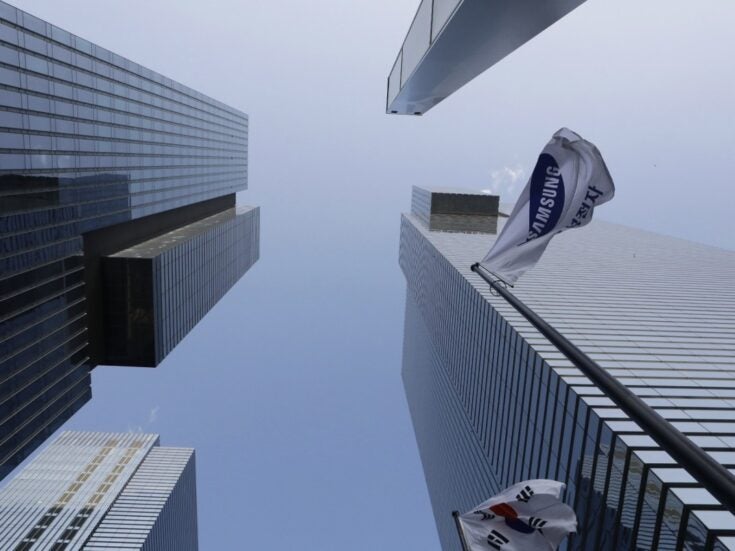
Rasika Sittamparam explains why silver surfer savers are increasingly exposed to risky emerging debt markets
Perhaps better known for causing the global credit crash in the last decade, the NINJAs (borrowers with no income, no job and no assets) have returned. A new breed has appeared in the global economy, but instead of being young, assetless borrowers like the group under the old moniker, they have a different set of problems: silver hairs, retirement woes and junk assets.
Ross Ciesla, partner and investment manager at Veritas, identifies the ‘new NINJAS’ as silver-surfer savers ‘Needing Income and Now in Junk Assets’. Ciesla says they are desperate for income from their savings: ‘We think that the worry is on the savers’ side. With 70,000 Americans turning 65 every week they are exiting the work environment with their savings and they need income.’ He says the baby boomers, who have now stopped spending, have driven down interest rates and government bond yields.
With government (and corporate) bonds not meeting the requirements of the new NINJAs, they invest in bond funds offering higher yields, unknowingly lending to emerging markets with low credit rating and political instability. ‘[Savers] may not realise it, but the funds their savings are invested in hold a lot of high risk debt, which is the only way they can meet their target income,’ Ciesla says.
The assets go under the guise of ‘global government bond funds’ to put the unsuspecting lenders at ease. Echoing a well known sentiment on the illiquid nature of such assets, Ciesla says, ‘It’s difficult to emerge from an emerging market in an emergency.’ He acknowledges that debt bubbles appear in every economic cycle and predicts an imminent ‘wobble’ in emerging debt markets.
But is this anything new? Shachar Kariv, an economics professor from the University of California, Berkeley, says the NINJAs might have a new definition, but at the root it is still an age old issue in economics called ‘the adverse selection problem’. He describes it as a situation where a trader and a buyer in a market have an incomplete, or ‘asymmetric’, flow of information, meaning one party has more information than the other.
In financial markets, the amount of exposure savers have to emerging market bond funds is not equally known by both lenders and borrowers. This crucial knowledge might be known by intermediaries, like some wealth managers and agents, who knowingly offer junk assets to the baby boomers who are seeking high yields to retire.
Expanding on Ciesla’s prediction of a ‘wobble’ in the new NINJA market, Kariv says the danger of unequal information sharing can even lead to the collapse of the financial market: ‘People cannot distinguish the bad products from the good products and because of this, everyone will basically exit the market; there will be no trade.’
So how can savers be protected from the junk asset bubble? Although Kariv says there is no domain where the problem could be solved ‘entirely, completely’, education might be able to alleviate the effects. Previous attempts to solve the problem have resulted in a Nobel Prize for economists Michael Spence, George Akerlof and Joseph E. Stiglitz, following the trio’s work on the dynamics of information flows and market developments.
But you shouldn’t need a Noble Prize in economics to secure your savings. Like Kariv, Ciesla believes in educating clients in reaching their investment goals and making them aware of who they are lending to: ‘[Be] honest with your clients about the security of their income – for instance, historically if you wanted a 6 per cent income from a corporate bond you could get that from a high quality company such as John Lewis, however in the current post QE environment, a 6 per cent income means lending your money to someone like the Rwandan government. Even the Mongolian government has borrowed at just over 4 per cent. Do clients understand just how much income and risk have been distorted?’
Ciesla says Veritas, an investment-grade company that directly invests in corporate bonds, steers clear from any bond funds to avoid exposure to the emerging market debt risk; taking time to research the background of over 20,000 companies and produce a shortlist of between 200 and 250 corporates who are of investable-quality.
So there are routes to mitigation, Ciesla has been ‘stress-testing’ in the past eighteen months to detect and chip away at any possible weaknesses in his portfolios. But the parallels with 2008 remain: ‘Debt bubbles appear in every economic cycle, and this time, it’s just a repeat of the NINJAs -it’s slightly different, and it’s always slightly different, but it’s the same problem.’






